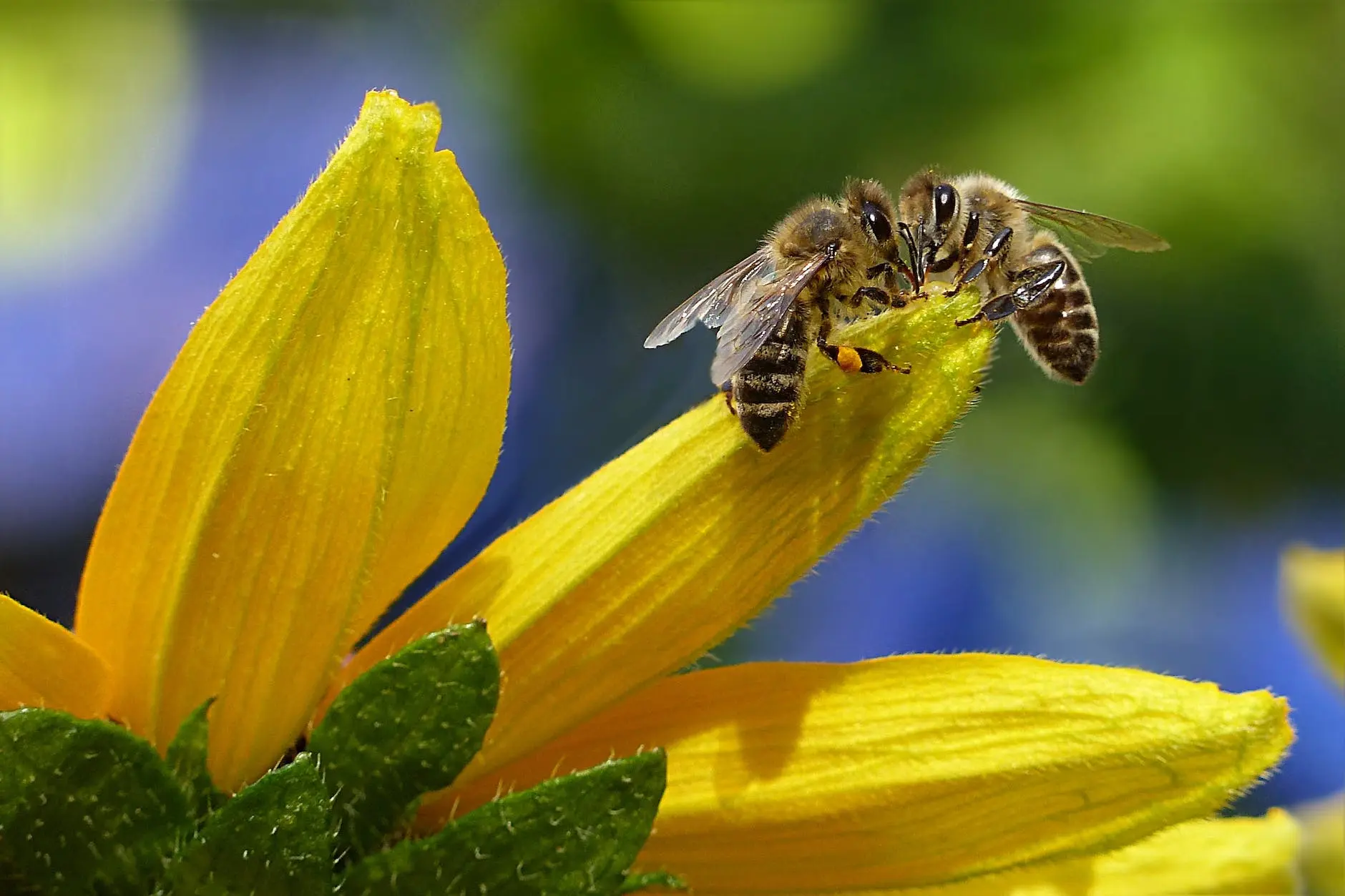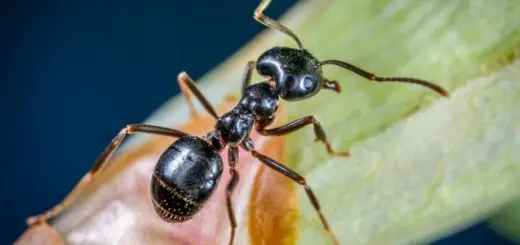The Awesome Life Activities of Honeybees

Looking for more amazing products? Check out our online store and explore our collection here! Happy shopping!
Before diving in, please note: This post is for informational purposes only. If you’d like to know more about how we approach topics, feel free to check out our friendly Disclaimer Page.
Hey there, amazing readers! 
We’re committed to delivering quality posts, and your support (even just sticking around despite the ads) means everything to us. So, bear with us, and thanks for helping us keep the good vibes rolling. Now, on to the fun stuff!
TRANSLATE BUTTON AT THE END OF THE ARTICLE
I have a soft spot for bees.
Where do you stand?
The vast majority of them have such endearing personalities and put forth such effort that it would be tough to dislike them.
Bees put in more labor per hour than any other creature on earth.
They practically put their lives on the line only to get a teaspoon’s worth of honey.
Since ancient times, people have been captivated by the mysterious workings of bees and their flight patterns.
These tiny insects have a very intricate social structure in which every member has a specific function and everyone contributes to the overall success of the colony.
Imagine for a moment if all of mankind did this.
These magnificent animals have a lot to do from the first day of their lives until the very last, from producing the delectable honey that we all adore to taking care of the young bees who will soon take over their world.
How would you describe a typical day in the life of a bee?
Continue reading to find out more about the life cycle of bees as well as the activities that each member of a colony partakes in on a daily basis during the course of the year.
All Praise is Due to the Queen
The existence of the queen bee is rather uncomplicated since her only purpose in life is to reproduce and produce offspring that will ensure the continued expansion and prosperity of the colony.
She is raised from the stage of a larva by her devoted buzzing minions, who feed her royal jelly.
This causes her to develop into a queen.
However, she is not the only queen that is developing, and whichever queen hatches first kills all the other queens, which secures her place on the “throne.”
After the queen has reached full maturity, she will leave in order to mate with drones from other colonies.
She will do this while she is away from the hive.
She goes back to her hive after a few days of mating in the air and then starts laying eggs as soon as she gets there.
She will never leave the hive again in her whole life, and during that time she will lay as many as 2,000 eggs each day.
Drones
The only male bees in the colony are called drones, and their only goal in life is to mate with other bees.
They had nothing else on their minds other than having sex in the clouds.
In the world of bees, drones play the role of male escorts.
The vast majority of the time, drones will not attempt to mate with the queen bee of their own hive.
Instead, they leave the hive and fly to a distance of about a mile and a half, where they ascend to an altitude of about 200 or 300 feet to mate with queens from other colonies.
This accomplishes all of their seductive goals while they are in the air!
They do this in order to ensure that the worldwide genetic pools of bees continue to include a wide variety of bee genetics.
After the drones have completed their mating ritual, they make their way back to the hive to be fed by the worker bees. a little bit like how gladiators feel when they go back to their homes after a long day of fighting in the local forum.
The only function that drones provide for the colony is reproduction.
In general, the life span of a drone bee is something in the neighborhood of fifty-five days.
Connect with Angels, Guides, and Master Teachers – begin here.
The drone bees are evicted from the colony when the temperature drops, and they are abandoned to perish in the cold.
They have served their purpose in life.
Some honeybees living in warmer regions may be able to extend their lifespan beyond the typical fifty-five days.
Workers
The lives of the worker bees in the hive are the busiest of any of the bees there.
They are responsible for all of the hive’s tasks that do not include mating, including the collection of food, the care of young, the protection of the hive, and the construction and maintenance of the nest.
The tasks that worker bees engage in on a daily basis change as they go through their month-long life cycle.
The worker bees in a colony are often the tiniest of all the bees in the colony, measuring in at a little less than half an inch.
The length of a drone bee is a little more than half an inch, whereas the length of a queen bee may range from just under an inch to an inch.
Workers in Their Youth
A worker bee emerges from her egg on her first day and immediately starts scrubbing everything in her immediate environment.
In order to maintain the health of the hive and keep it in excellent order, unused pods need to be removed and discarded.
She starts by cleaning up her own cell, and then she goes on to other cells in the hive that may have accumulated dirt or other waste from the surrounding area.
After the first day or two, a worker bee transitions into the role of a nursing bee, which is responsible for providing care for all of the developing eggs that the queen has produced.
She creates jelly and feeds the larvae with up to 1,300 separate meals every single day.
Young worker bees are responsible for providing all of the developing eggs with their “bee bread,” which is a concoction created from a combination of pollen and nectar.
On the fifth day of their growth, she shuts down their cells so that they may complete developing.
This allows them to grow to their full potential.
Middle-Aged Workers
Worker bees are considered middle-aged after only one week of their existence, at which point they take on a new set of responsibilities.
This occurs after they have already lived for one full week.
It is possible that worker bees may assume a wide range of tasks inside the hive over the course of the following week or two.
The majority of the time, they begin their careers as processing workers, which entails collecting nectar from foragers and transferring it to other worker bees so that it may be turned into honey.
Bees who have reached their middle age often take on the duty of hive architects, which entails expanding the hive and mending any fractures that may have appeared.
These hardy elderly bees produce wax and construct new cells, either for the storage of honey or for the development of larvae.
It’s possible that these boomer bees are also responsible for making the bee bread that young larvae devour.
Older Workers
It is not until the worker bees have reached the last stage of their life cycle that they begin to depart the hive on a more consistent basis.
As a bee enters its third and fourth weeks of life, it begins to develop the ability to forage, which involves flying out from the hive in order to collect pollen and nectar.
When bees that are out collecting pollen come upon promising locations, they communicate this information to the other members of their colony so that they may concentrate their efforts there.
This is analogous to New Yorkers moving to Miami for retirement.
Instead of collecting pollen, retirees in Florida ride about on tiny scooters to the local malls, where they shop for local newspapers and Entenmann’s crumb cake.
Worker bees contribute to the transformation of nectar into honey as they mature and continue to do so throughout their lives.
They are in charge of the storage facility where the nectar is kept, and they flap their wings to drive off excess moisture from the honey that is being produced.
Some of the more seasoned worker bees contribute to the protection of the hive by ensuring that no bees from neighboring hives are able to enter and take their nectar stores.
The Activity of Bees During the Months of March and April
Weather and the changing of the seasons have a significant impact on the bees’ everyday activities, just as they do on ours.
The busiest times of year for bees are in the spring and summer.
This is the time when they gather clumps of pollen and nectar from flowers that are now in bloom.
It is also the safest time to move about both inside and outside the hive during the hotter seasons.
During the spring and summer months, worker bees are very busy.
In addition to gathering pollen, they are also responsible for storing nectar, producing honey, maintaining the hive, and caring for larvae.
The pregnant queen of the hive will spend all of her time producing eggs while the drones leave the hive to mate with queens from other colonies.
The Activity of Bees During the Autumn
As soon as the air starts to get cooler and the fall equinox arrives, bees start preparing the hive for the long, arduous journey that they will take through the frigid months of winter.
In most cases, this involves expelling the drones from the hive and allowing them to perish outside of it.
The drones have served their purpose at this point, and during the slower months they will just absorb resources from the hive, which might endanger the queen bee.
The rate at which the queen lays eggs also decreases somewhat as the temperature drops.
In order to maintain its present number of bees until the next time flowers bloom, the hive will need every last drop of honey in its supply.
They do not have the resources to dedicate to taking care of baby bees, and navigating the hive when it is frozen over may be quite hazardous for them.
The Activities of Bees During the Cold Season
When winter arrives, all of the worker bees will fly back to the hive and make themselves comfortable there in order to survive the colder months.
They cluster together in a single, huge huddle in the heart of the hive, with the queen sitting in the exact center of the huddle.
Bees take turns flapping their wings in order to warm up the hive, as well as their queen and the other worker bees in the area.
The winter months are difficult for bees, so they must depend on their honey reserves to survive.
Hives that have not been able to store enough honey or that have had an excessive amount of honey extracted from them are at risk of dying of starvation during this period.
The majority of the bees will not emerge from the hive until the temperature rises and flowers begin to blossom once again.
Discover More About the Daily Activities of Bees
Bees begin their lives serving a specific purpose inside their hive from the minute they are hatched.
Worker bees are responsible for everything else that goes into maintaining a healthy hive; queens and drones devote their whole lives to reproduction.
Every aspect of their daily lives, from clearing out cells and tending to larvae to gathering nectar and pollen and transforming it into honey, is geared around ensuring the well-being of their hive and ensuring that it functions efficiently.
There are a lot of life lessons that may be learned simply by looking at the gorgeous and fascinating lives of bees.
They have an innate and profound dedication to one another as well as the duties they play in the successful operation of their hives.
They accept anything that comes their way in order to accomplish their life’s work, and they will do everything to ensure the safety of their leaders.
Most significantly, bees are essential to the food chain.
They are the one and only species that are absolutely necessary for there to be life on Earth.
If there were no bees left on earth, ultimately everything would die out.
If you happen to see a bee, say a prayer for it.
Love him.
They have nothing to be terrified of.
If you maintain your distance from them, they won’t have a motive to launch an assault, even if they are trying to defend their hives.
The life of a bee is a selfless and admirable one.
BE THANKFUL TO YOU ALL!
I am here to assist you in awakening so that you may courageously build a life that is inspired.
Create a more beautiful environment for everyone!
You can immediately get started on positively transforming your life.
REMEMBER!
You are a wonderful living Being a being born from stardust that is filled with light and love, you represent an infinitely expandable potential in every way.
You may achieve the level of expansion and freedom that you seek by placing your attention on self-discipline, virtue, and the goodness that already exists inside you.
If we pray for other people, the universe will pray for us as well.
YOU SHOULD RECEIVE A TON OF BLESSINGS!
There is no such thing as “other.” There is just you, seeing yourself as the only thing there is.
Let’s all just get along by sharing this article!

The Enlightenment Journey is a remarkable collection of writings authored by a distinguished group of experts in the fields of spirituality, new age, and esoteric knowledge.
This anthology features a diverse assembly of well-experienced authors who bring their profound insights and credible perspectives to the forefront.
Each contributor possesses a wealth of knowledge and wisdom, making them authorities in their respective domains.
Together, they offer readers a transformative journey into the realms of spiritual growth, self-discovery, and esoteric enlightenment.
The Enlightenment Journey is a testament to the collective expertise of these luminaries, providing readers with a rich tapestry of ideas and information to illuminate their spiritual path.
Our Diverse Expertise
While our primary focus is on spirituality and esotericism, we are equally passionate about exploring a wide range of other topics and niches 

To ensure we provide the most accurate and valuable insights, we collaborate with trusted experts in their respective domains 
Our blog originally focused on spirituality and metaphysics, but we’ve since expanded to cover a wide range of niches. Don’t worry—we continue to publish a lot of articles on spirituality! Frequently visit our blog to explore our diverse content and stay tuned for more insightful reads.
Hey there, amazing reader! 
Check out our store here and take a peek at some of our featured products below! Thanks for being awesome!













